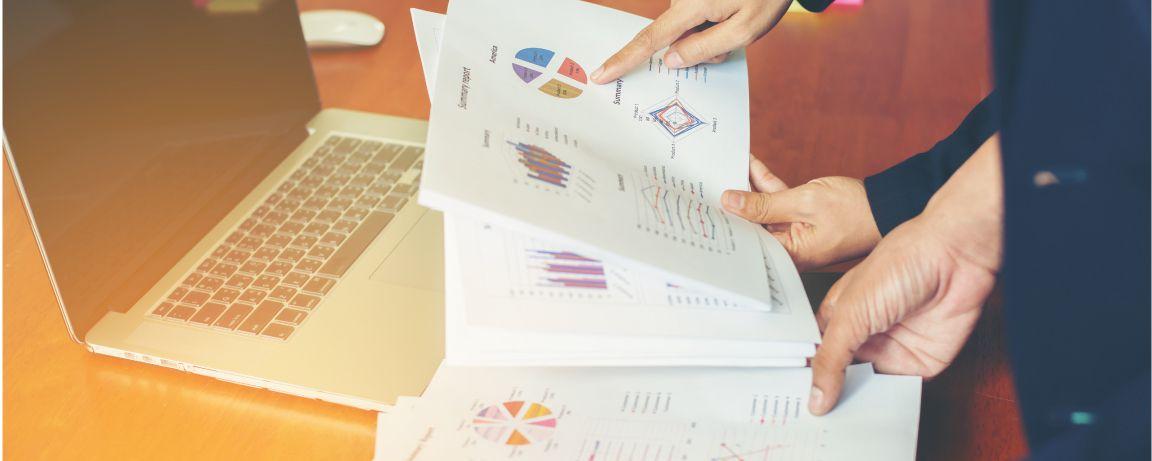How Business Loan Providers Analyse the Balance Sheet of a Potential Borrower
When you apply for a business loan, you have to supply the following financial documents to the bank.
Existing Business Concerns
- Balance sheet and profit and loss statements for the previous three years
- The income tax returns for the same period
- Estimated balance sheet and profit and loss statement for the current year
- Projected balance sheets and profit and loss statements for the next three years (in case of working capital finance) or seven years (in case of equipment or machinery finance)
- Projected cash flow and fund flow statements
- List of Sundry Creditors and Sundry Debtors (age-wise)
*Requirement of documents may vary from lender to lender
New Start-up Enterprises
These business entities have not conducted any business up to now. Hence, they have to submit the estimated and projected financial statements alone.
The Logic Behind the Furnishing of These Financial Statements
Banks offer Business Loans deals based on the projected annual turnover that you have achieved in the past is history. Banks look at these aspects from a reference point of view. They have more concern about how you will perform in the future after availing the bank finance.
What Do Lenders See on Your Balance Sheet?
The banks have a different way of reading your balance sheet. They divide the balance sheet into separate portions. This illustration will explain things better.
A Sample of a Typical Balance Sheet a Business Enterprise
| Liabilities Side | Asset Side |
| Capital | Fixed Assets less depreciation |
| Secured Loan (including Bank Overdraft) | Investments |
| Unsecured Loan from friends and relatives | Cash and Bank Balances |
| Unsecured business loans from the bank | Sundry Debtors |
| Sundry Creditors | Inventory |
| Other Current Liabilities | Other Current Assets |
| Other Non-Current assets | |
| Intangible Assets |
A business concern provides the balance sheet in the above format. Banks have a different way of looking at the balance sheet. They need additional information. Hence they ask for the break-up of several items, both on the liabilities and the assets side.
Liabilities:
Capital: It is the business owner’s share in the business. Bank compares the capital position of the current year with that of the previous years. They like to see the business concerns investing their profits back into the business by way of addition to capital. Hence, your capital should show an increasing trend.
Secured Loans: Banks need break-up of the secured loans in the following manner
- Demand loans such as Overdraft, Cash Credit, and so on. These loans form part of current liabilities and are essential for determining the current ratio and the acid test ratio.
- Term Loans such as those for machinery, plant and building, equipment and so on. The banks require a breakup of the instalmentspayable within one year and those payable after one year. Instalmentsdue in the current year comprise part of the current liabilities.
Unsecured Loans: The banks need a list of investors who have invested in the business. They need this information to arrive at the borrowings from close family members and relatives. They need this information to improve your debt-equity ratio if necessary.
Unsecured Business Loans from Banks: Existing business might have unsecured business loans such as loans guaranteed by CGTMSE (Credit Guarantee Fund Trust for Micro and Small Enterprises), business Credit Cards, Personal Loans, and so on.
Sundry Creditors: These are payments you need to make to suppliers. Banks require the breakup in the following manner:
- Under six months
- Six months and over
Other Current Liabilities: It includes provision for taxation and similar items. Business concerns include all such liabilities they might incur within the next six months.
Assets Side:
Fixed Assets: Banks would like to know the acquisition value of the fixed asset as well as the ‘Written down value’. Hence, they need the details of the depreciation.
Investments: Banks require the details of investments to look out for investment in sister concerns, and so on.
Sundry Debtors: You have to submit the breakup information in the following manner
- Under six months
- Six months and over
- Banks do not consider Sundry Debtors over six months as a current asset. It affects your current ratio.
Inventory: If you run a manufacturing business, you have to give the breakup of raw materials, work-in-process, and finished goods separately. Banks require this information to calculate the stock holding period and the inventory turnover ratio.
Other Current Assets: Assets that are realisable within six months are current assets
Other Non-Current Assets: Assets realisable over six months come under this head
Intangible Assets: Business concerns include assets like Goodwill, Patents, and trademarks in this column.
Essential Ratios That Banks Look for:
Current Ratio: The ratio between current assets and current liabilities
Debt-Equity Ratio: The ratio between debt and equity
Inventory Turnover Ratio: How quickly the businesses can complete the working capital cycle (it depends on the industry)
Debtors Velocity: How much credit does the business offer to its customers
Creditors Velocity: How much credit the business can get from its suppliers
There are a couple of other ratios such as the Debt Service Coverage Ratio, Gross profit ratio, Net Profit ratio, and so on.
Banks calculate these ratios for the previous three years and the future as well. The ratios should be consistent. In case they find wide fluctuations, the banks seek additional information from the borrowers.
